In this lab, you will create tools for drawing complex designs from lists of points. To do this, you will use problem decomposition—breaking down the problem into smaller pieces.
On this page, you will create a script that lets you connect the dots (given by a list of points) to draw the letter A.
Alphie and Betsy are building a program that will take a list of points (each of which is a list of x and y coordinates) as input and connect the dots. They figure they can use it to draw pictures or graphs of data:
To make a set of starting data, they sketched the letter A on graph paper. They chose a scale that they figured would make their picture a good size on the stage.
ST-Many NYC teachers were confused and thought they are creating the list A themselves whereas we give it to them in the starter file.
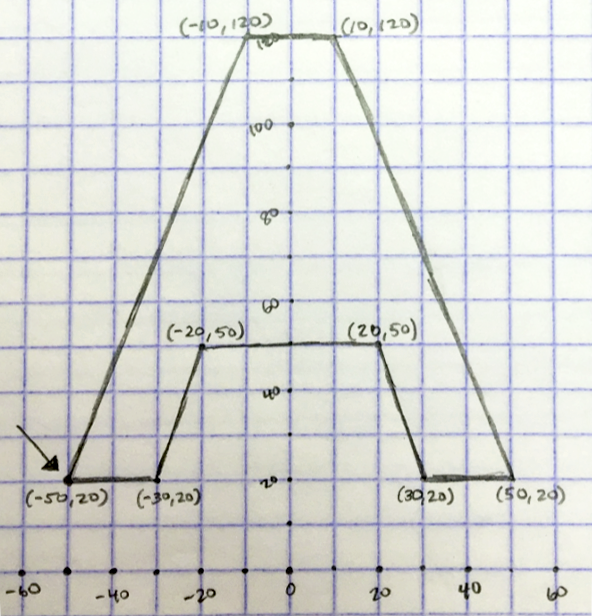
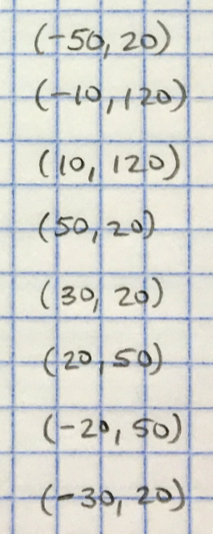
Then they listed the coordinates of each vertex, starting at the arrow and going clockwise around the figure. The first point is at (-50, 20), the second is (-10, 120), and so on. Then they built that list in Snap
! like this:

Now they need a script that will use that list to make the drawing, like this:
![sprite drawing letter A by going to each set of coordinates sprite drawing letter A by going to each set of coordinates]()
Betsy: This list of coordinates outlines an A, so let's name it A.
Betsy clicks Make a variable, names it A, and builds  .
.
Then she clicks that set block to run it.
Alphie: So, for each of those eight points, we want the sprite to move to it. Hmmm...
-y().png)
won't work, because it needs two separate inputs. We need a block that takes
one input, a point like
(20).png)
.
Betsy: So we'll make a
new block. Let's call it
go to point. It'll work like this
(20)).png)
. We'll use
-y().png)
or
secs-to-x()-y().png) inside
inside it, but we'll have to process the input,
(20).png)
, to supply
x: and
y: separately. Hmmm...
Gamal: Oh! I know how! I bet we can use
of(list).png)
. Give it a number as its first input. I bet that the

just says that it expects a list as its second input.
Alphie: I wonder if we can make our go to point block show that it expects a list as input....
Alphie: Great! Now we can use our go to point block for each of the points in our list.
Betsy: I bet we can use
-of().png)
.
Alphie and Betsy design this new script to automate the process of going to each point.
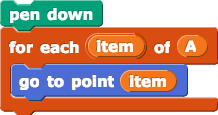
Then they test it out.
Alphie: Yup! for each does exactly what we want. But we have a couple of bugs to fix.



 .
. (20)).png) . We'll use
. We'll use  just says that it expects a list as its second input.
just says that it expects a list as its second input.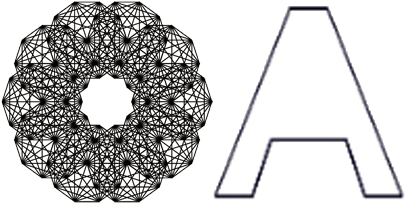
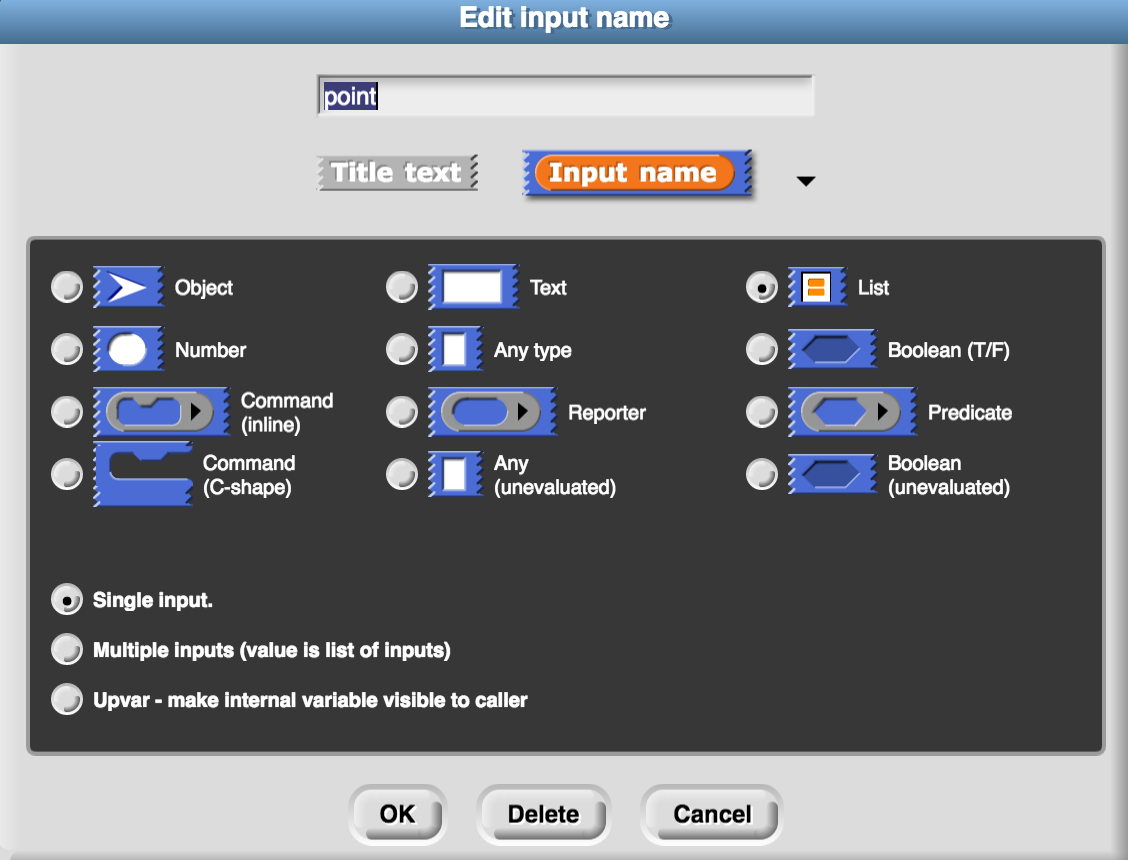
 block.
block.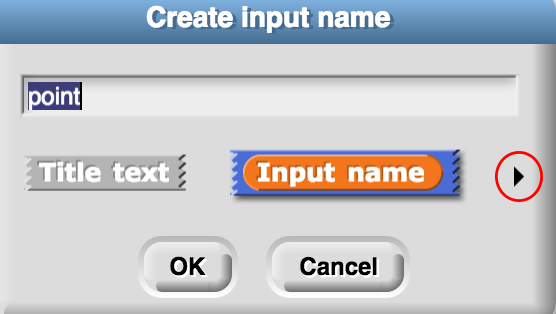
-of().png) .
. 
